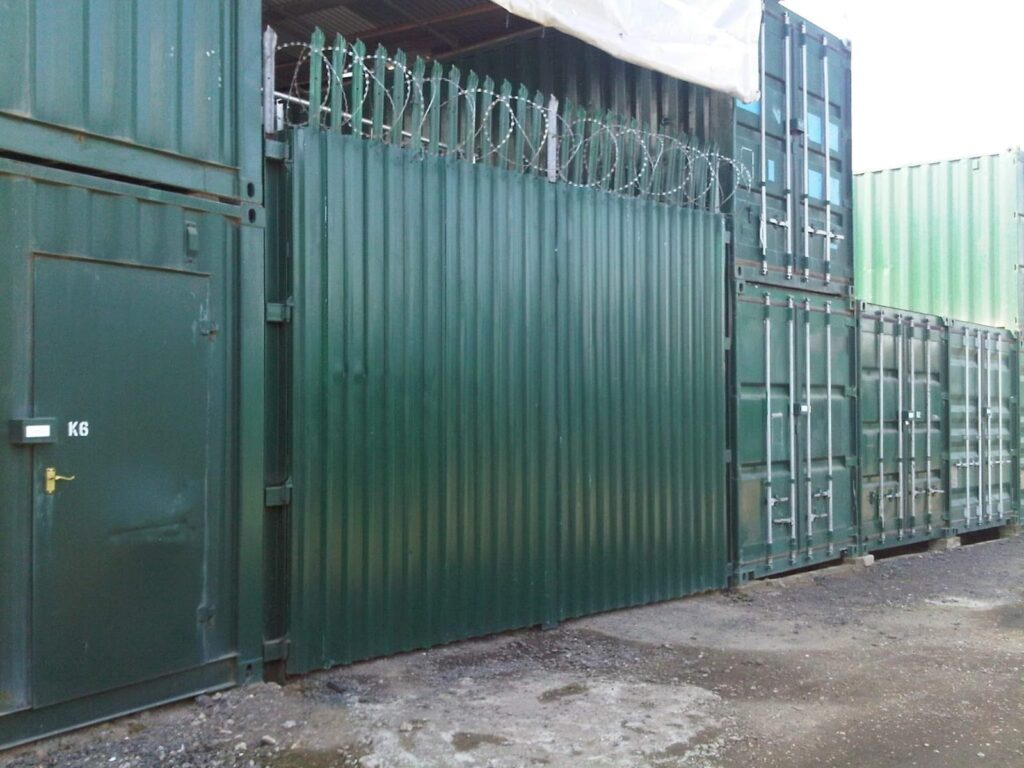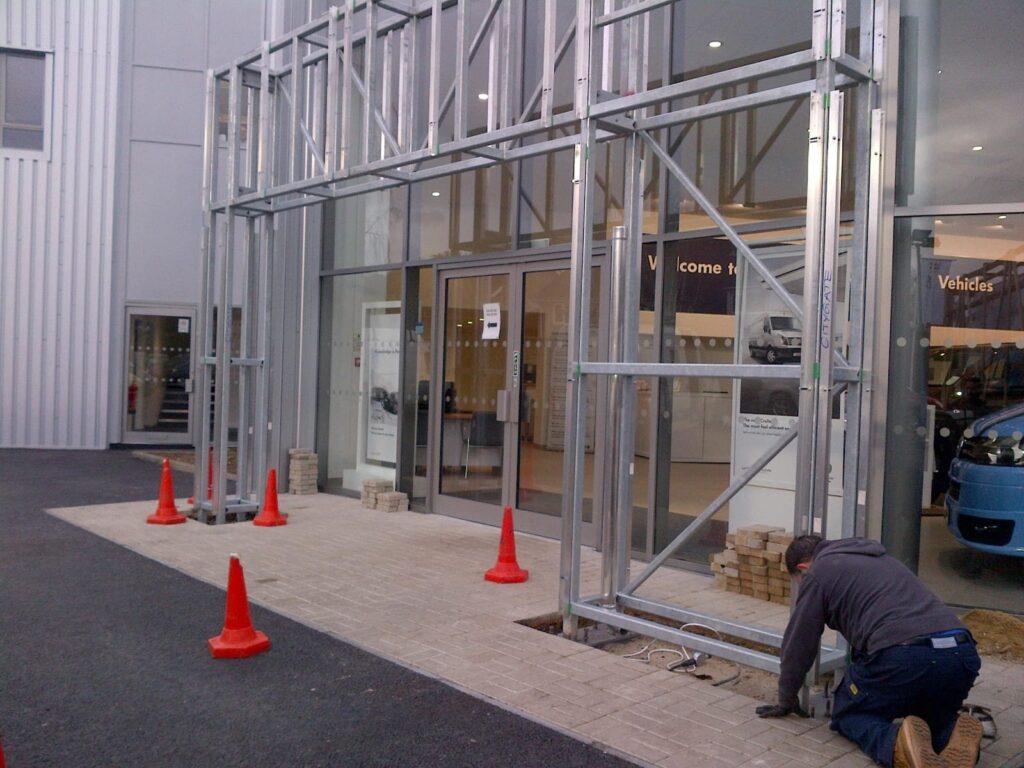
Welding is a fabrication process that is used to join materials, typically metals or thermoplastics, together by melting the workpieces and adding a filler material to form a strong and permanent bond. It is widely used in various industries, including construction, manufacturing, automotive, aerospace, and more.
The basic principle of welding involves creating a localized heat source that melts the edges of the workpieces to be joined. The heat can be generated by various methods, including electrical arcs, gas flames, laser beams, or friction. The molten edges of the workpieces are fused together, and a filler material, if needed, is added to enhance the strength and integrity of the joint.


There are several common welding processes, each with its own advantages and applications:
Welding requires skilled operators who understand the properties of different materials, the welding process, and safety measures. The choice of welding process depends on factors such as the type and thickness of the materials, the desired weld quality, production requirements, and cost considerations.
Safety is essential in welding due to the intense heat, bright light, and potential exposure to hazardous fumes and radiation. Welders typically wear protective gear, including helmets with darkened lenses, gloves, aprons, and safety glasses. Adequate ventilation and fume extraction systems are also employed to minimize health risks.
In recent years, advancements in technology have led to the development of automated and robotic welding systems, which can increase productivity, precision, and safety in welding operations. These systems are often used in industries that require high-volume welding or repetitive tasks.






